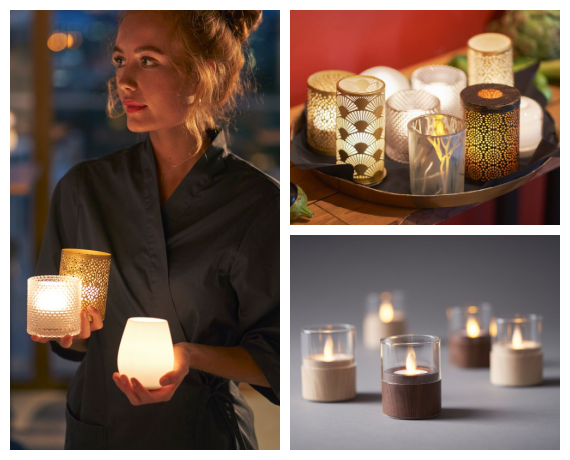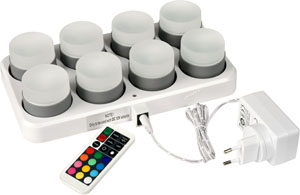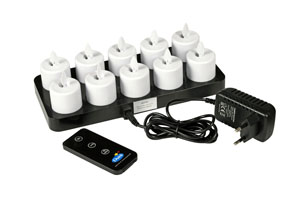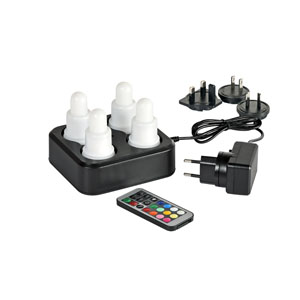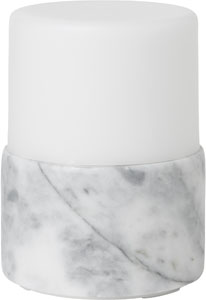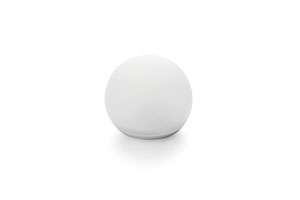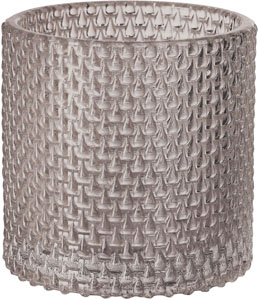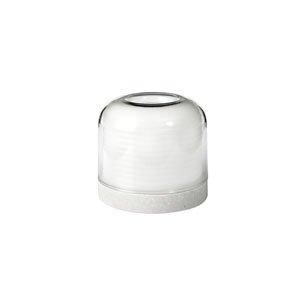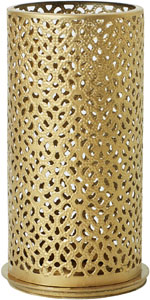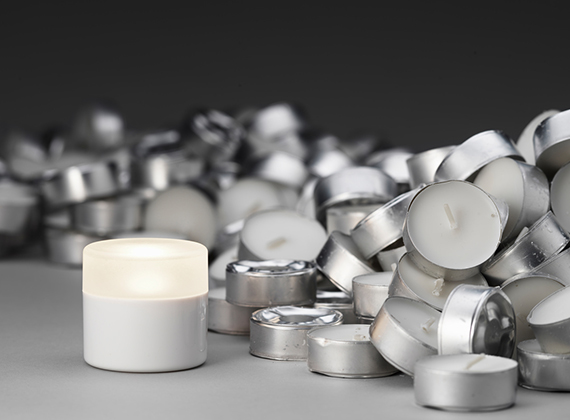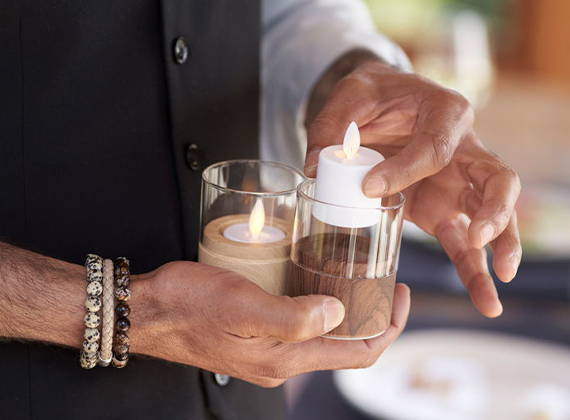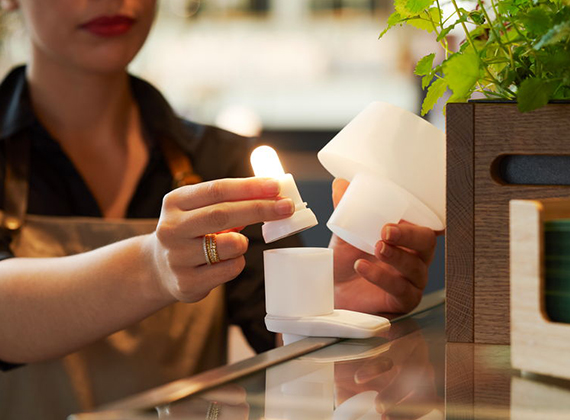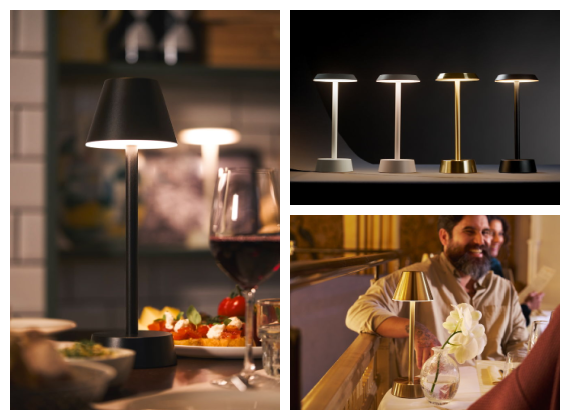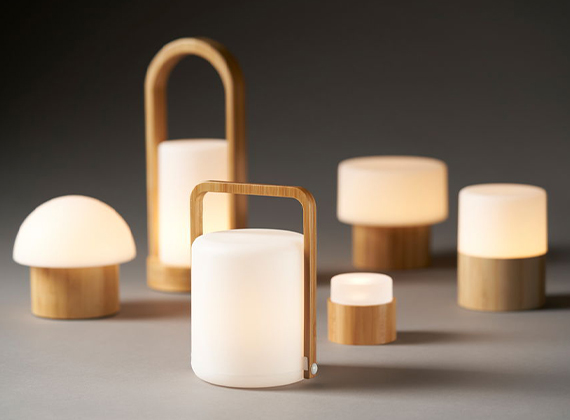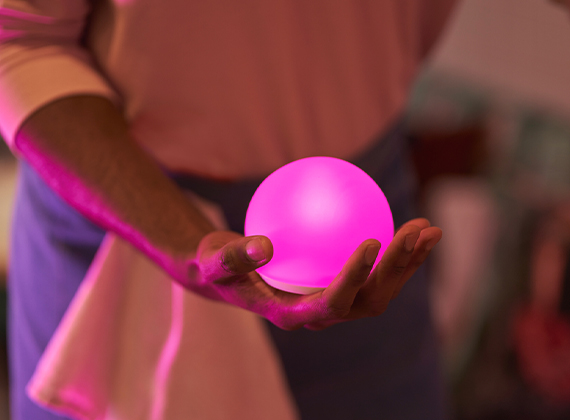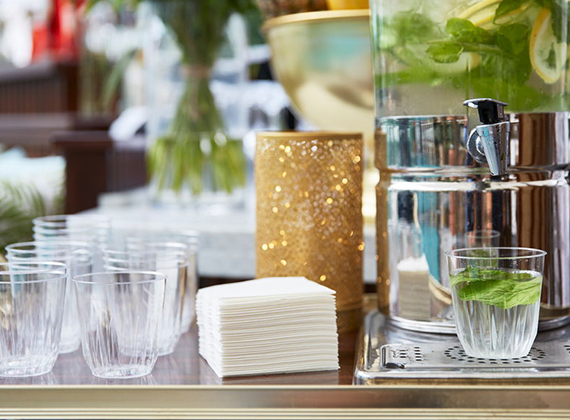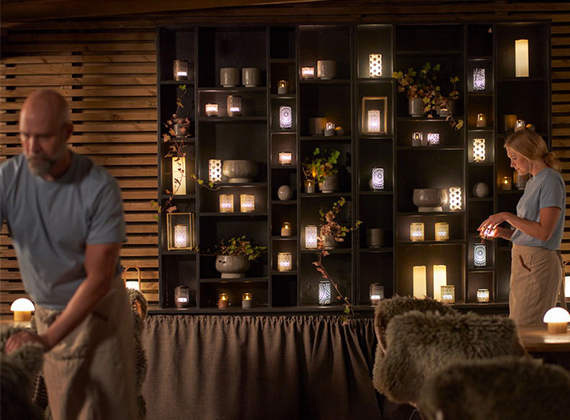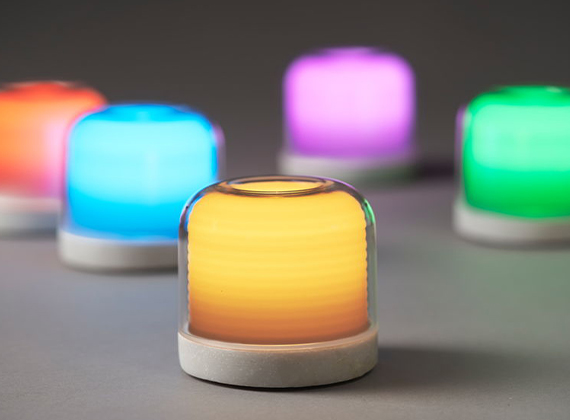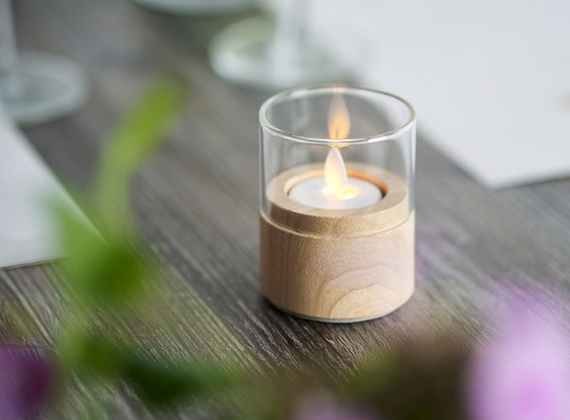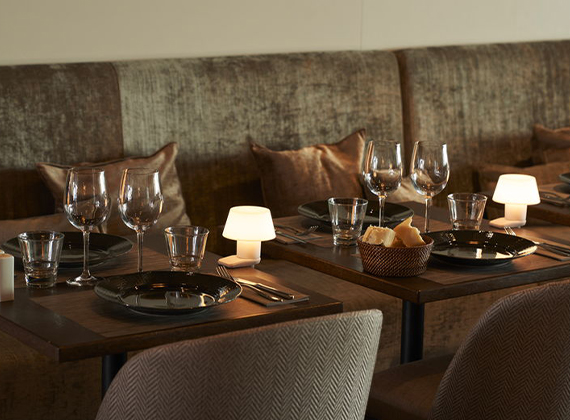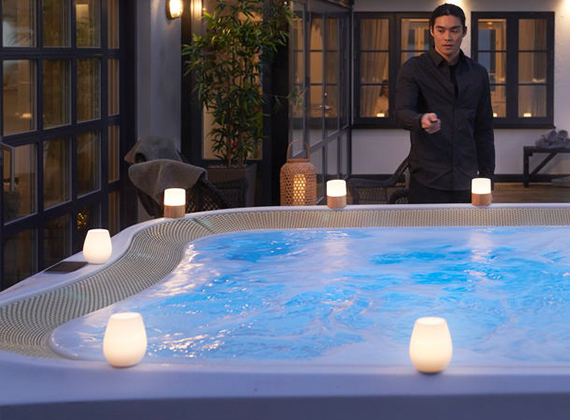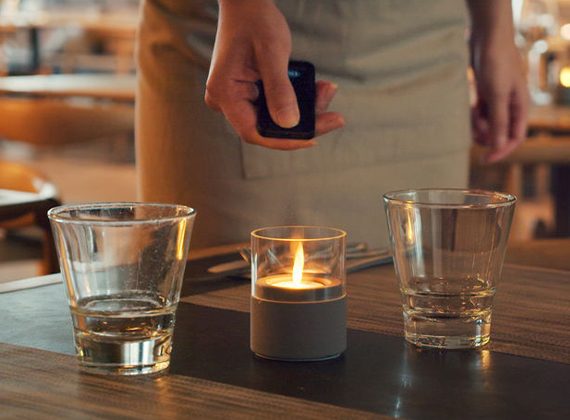How do LED lights work?
LED stands for "light-emitting diode" which is a semiconductor that emits light when an electrical current flows through it. LED candles work by using a tiny chip encapsulated in an epoxy resin enclosure, which contains a positively charged layer and a negatively charged layer. When an electrical current passes through the semi conductor, it creates an electromagnetic effect that causes the negatively charged layer to release energy in the form of photons, producing light.
The colour of LED lights can be varied by altering the materials used in the semiconductor. The light produced can be white or any other colour on the spectrum, depending on the semiconductor's material. Additionally LED lights can be dimmed by regulating the electrical current flowing through them, making them a versatile lighting solution for the hospitality industry.
How is colour temperature measured?
Kelvin is the unit of measurement used to determine the colour temperature of light. Colour temperature refers to the hue of light emitted by a source and is measured in degrees Kelvin (K). The Kelvin scale ranges from warm, yellow tones to cool, blue tones.
Warm white light has a colour temperature of approximately 2700-3000K whilst cool white light has a temperature of 4000-5000K. The colour temperature of light can significantly impact the ambience of a space, affecting mood and perception. As such, it's important to consider the desired effect when choosing lighting for a particular environment. By understanding the relationship between Kelvin temperature and light colour, it is easy to create a customised lighting solution that perfectly matches the intended mood and atmosphere.
Do LED candles use a lot of electricity?
LED candles are highly energy-efficient and use significantly less electricity compared to traditional lighting options such as incandescent or fluorescent lights. LED lights use approximately 75% less energy than incandescent alternatives, and 25-30% less than fluorescent. This is because LED lights do not produce excess heat like traditional lighting options and convert almost all the energy they consume into light.
What are the benefits of LED candles over traditional candles?
LED candles offer a longer lifespan compared to candles, which reduces the frequency of replacements and associated maintenance costs. Additionally, LED lights provide a safer alternative to candles that pose a fire hazard, especially in busy hospitality environments with flammable materials. LED lights do not generate heat or flames, which creates a safer environment for both guests and staff. They are non-toxic and do not produce any pollutants making them a green lighting solution for the restaurants, hotels, bars alike.

